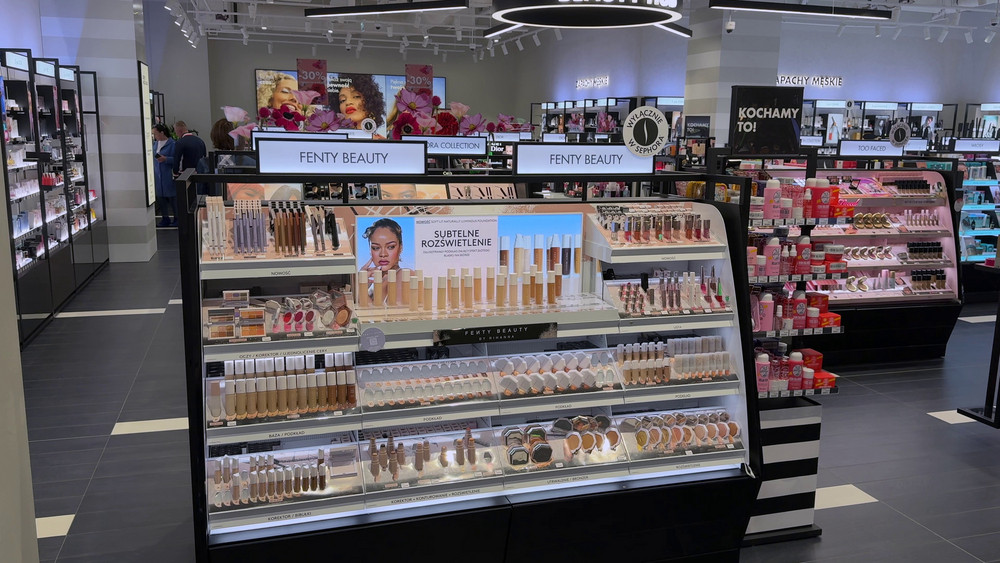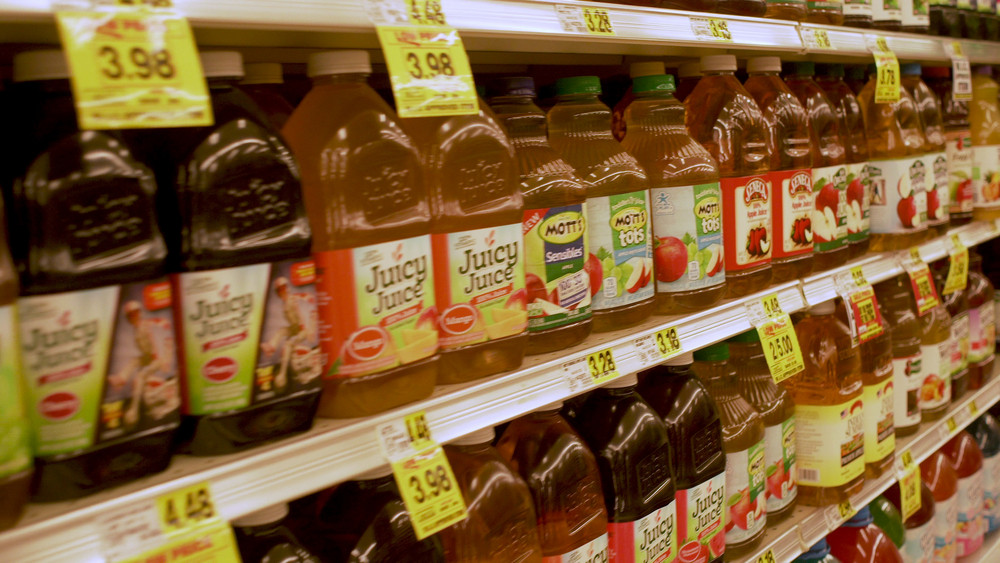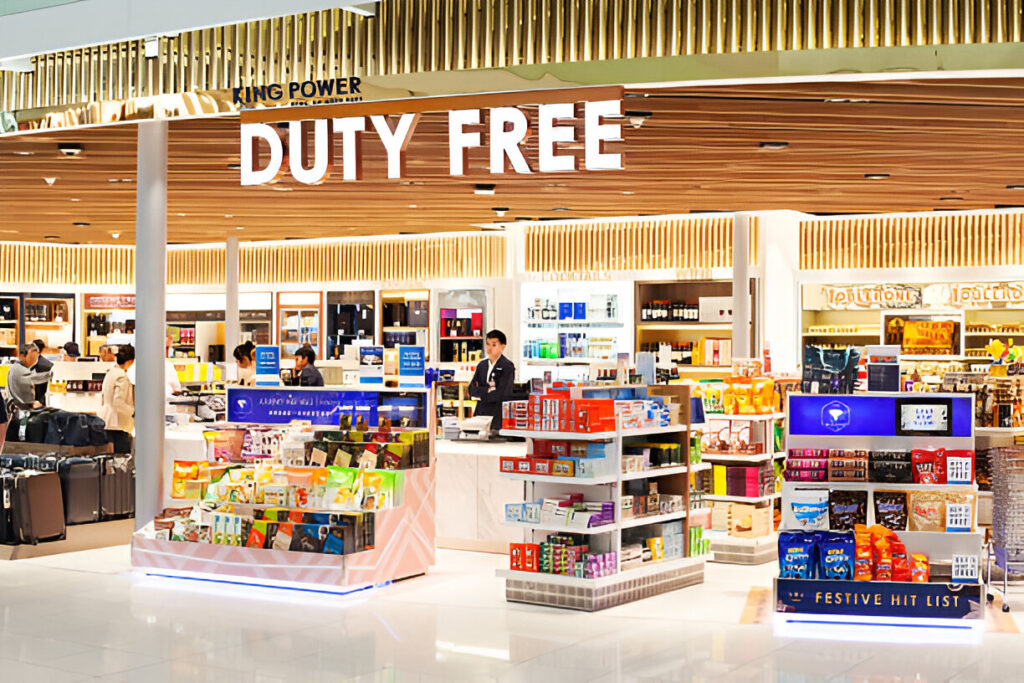The cosmetics industry in Canada is thriving, with annual revenues exceeding billions of dollars. From premium skincare to innovative makeup, Canadian consumers are increasingly prioritizing beauty and personal care. For beauty retailers, this dynamic industry presents immense potential—but also fierce competition. A strong merchandising strategy is essential to stand out, attract customers, and ensure long-term success.
Everything You Need to Know About Category Resets and Planograms in 2025
Retail is an ever-evolving landscape. As consumer habits shift and trends change, businesses need to stay agile to maintain relevance and drive sales. Category resets and planograms are the secret weapons behind successful retail strategies. But why exactly are these elements so crucial, and how can they elevate your business in 2025? Let’s explore how these are transforming retail and how you can leverage them to stay ahead of the competition.
Effective Merchandising & Planograms for Cosmetics Stores
Effective merchandising is the backbone of any successful retail environment, and for cosmetics stores, it is especially crucial. Cosmetics are products that not only rely on quality and function but also on their visual appeal. Customers often make purchasing decisions based on how products are presented—whether it’s the way a product looks, the ambiance of the store, or the ease of navigating the product range
The Importance of Planograms in Your Merchandising Strategy
A planogram is essentially a visual blueprint that shows how products should be displayed in a retail space. It’s more than just a store layout—it’s a strategic tool that helps maximize product visibility, optimize shelf space, and enhance the overall shopping experience. The goal of a planogram is to make sure that every product is placed in the right location, in the right quantity, to attract customers and encourage purchases.
What Are Shelf Audits and Why Are They Important in Retail?
When it comes to retail, the old adage “out of sight, out of mind” holds particularly true. Products that aren’t positioned effectively on store shelves are often overlooked by consumers, no matter how innovative or high-quality they may be. This is where retail shelf audits come into play—a practical and insightful approach to ensuring that products are not just present but are optimally placed to capture consumer attention.
Evolution of Digital Planograms In Retail
Digital planograms have emerged as essential tools for retail managers, ensuring consistency across stores and helping brands maintain a uniform appearance. By organizing products in strategic layouts, digital planograms optimize shelf space and encourage customers to discover and purchase more items.
The Power of Convenience Store Planograms: Optimizing Space and Driving Sales
In the fast-paced world of convenience stores, efficiency is key. With customers often in a hurry, your store layout needs to maximize both accessibility and profitability. This is where planograms come into play. A well-executed planogram can significantly improve product placement, streamline operations, and boost sales.
Struggling with Planograms? Let’s Face It – It’s a Headache (But We’ve Got the Cure)
Let’s be real: when it comes to managing planograms, it can feel like you’re running a marathon, but with one shoe untied. As a Director or VP of Retail Operations , you’re juggling a million things, and yet, here comes the beast that is planogram management, demanding your attention. And let’s be honest – it’s expensive, it’s complicated, and sometimes, it feels like a losing game.
The Benefits of Planograms for Airport Retail Stores
Airport retail is evolving at lightning speed. With thousands of travelers passing through terminals daily, it’s crucial for retailers to optimize every square inch of their store layout. That’s where airport retail planograms come in. These strategic tools help stores stay organized, attract attention, and drive sales.
Airport Retail’s Secret Weapon: Combining Planograms with Merchandising Apps
Airport retailing is a unique market with a distinct set of challenges and opportunities. Unlike traditional retail environments, airport stores cater to a diverse range of customers who are often in a hurry, distracted, or unfamiliar with the layout.










